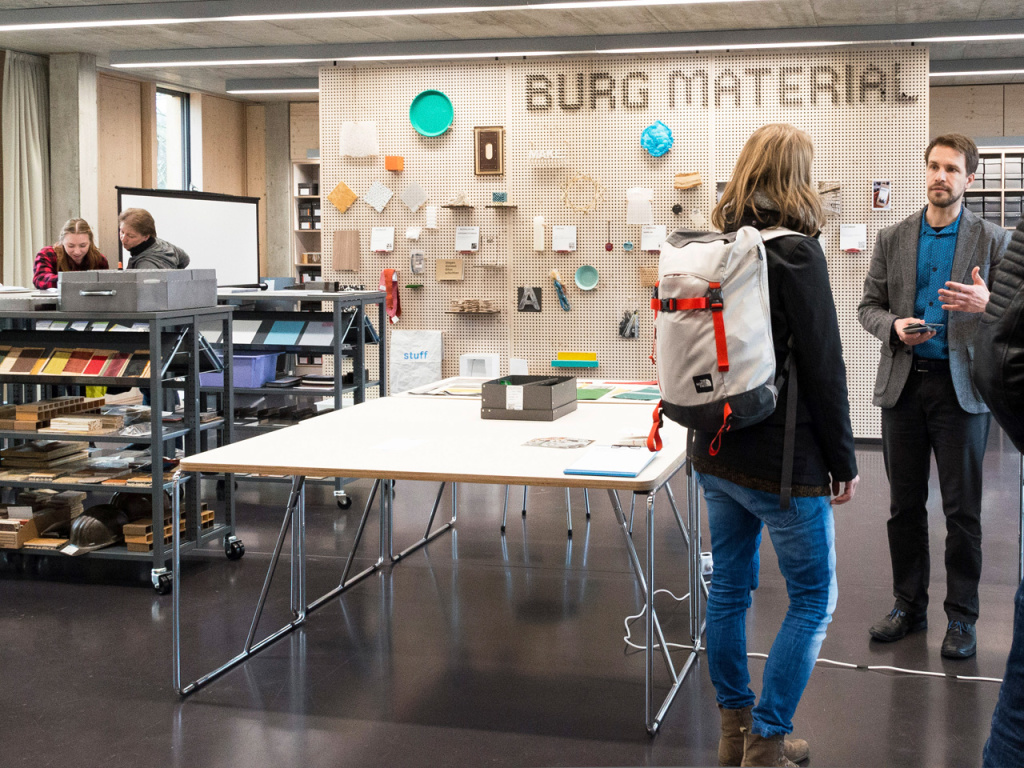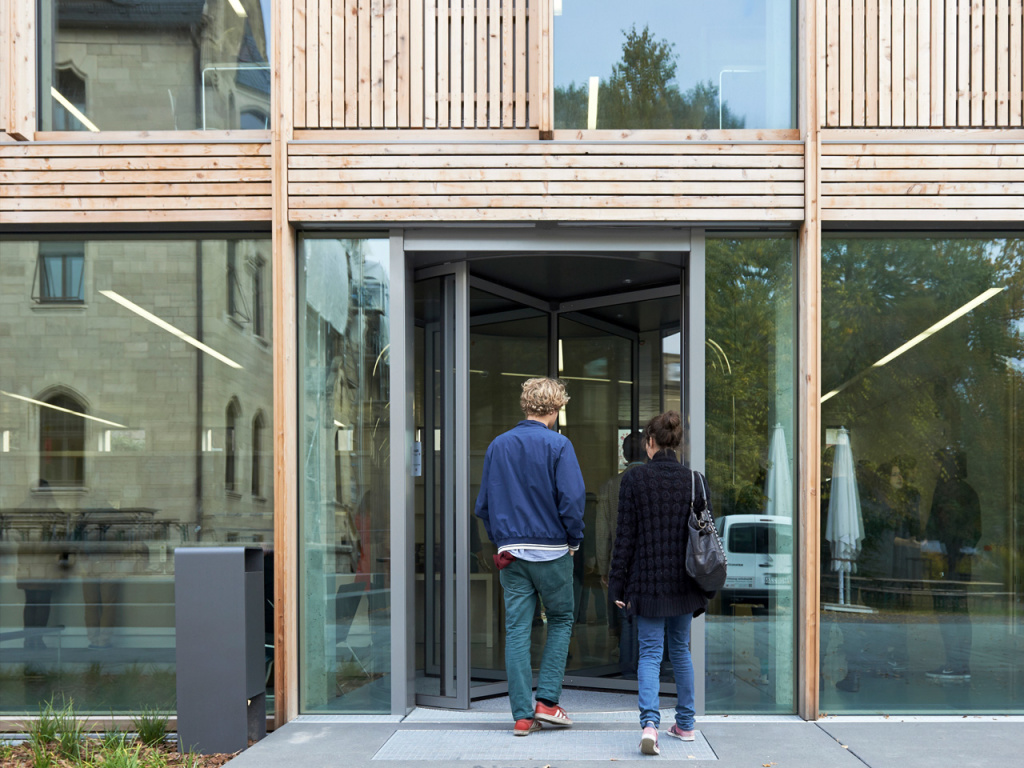About Us

MAKE. was founded in 2012 as a platform for “Materials and Technology Transfer”. Our goal is to create synergistic effects in interdisciplinary teaching and study courses using materials and technologies. In other words, we support people working together. In doing this we focus on hands on exploration of materials, learning by doing and of course the joy of making things!
This “special force” on materials and making is part of a special program that calls itself “Burg gestaltet! Qualitätspakt Lehre”, a national project which is supported by the Federal Ministry of Education and Research from 2012–2020. You can read more about this program at www.burg-halle.de/burg-gestaltet
Who we are
Materials and Technology Transfer for Art and Design
Prof. Aart van Bezooijen
Website: materialstories.com
Creative assistant / Digital manufacturing
Lorenz Ebersbach
Website: lorenz-ebersbach.de
Creative assistant / Digital manufacturing
Ulrike Mäder
Website: maederhaslbeck.de
(Materials) Database development
Sandra König
Email: sakoenig(at)burg-halle.de
Student support (a.k.a. Helfis)
Katharina Mludek, Alexander Rex
Former MAKE. members:
David Oelschlägel (Creative assistant / Digital manufacturing)
Michael Krenz (Creative assistant / Digital manufacturing)
Oliver Reinecke (Creative assistant / Digital manufacturing)
Pavel Majrych (Metal Workshop Technician)
Former Contributors:
Laura Klingele, Valena Ammon, Benno Brucksch, Virginia Reil, René Braun, Carla Enchelmaier, Max Kimpel, Anne Martin, Clemens Schebiella, Kristina Heinrichs, Susanne Drechsel

Burg Material Collection
Where is it?
The Burg Material Collection (“Burg Materialsammlung”) is a living archive founded in 2015. It is based in the library building of the Burg Giebichenstein University of Art and Design Halle.
How is it organized?
The Burg Material collection displays its resources in six sections: raw materials, processed materials, specials, temporary exhibitions, literature (see book list here) and movies, and an online materials database. Raw materials are sourced from its in-house workshops, research institutes, manufacturers, and suppliers. Processed materials demonstrate both manual crafts and machine-based processing. Specials are student projects, whereas temporary exhibitions feature external projects. Movies and literature are available on-site, and an online materials database provides the physical samples with information (e.g. how/where to get this material?) and imagery (material experiments and applications of the material).
What makes it special?
Physical samples are developed through for example jacquard weaving, enameling, woodworking, paper-making, metal casting or 3D printing. Its participatory structure allows students and staff to actively contribute with materials from around the world, including special papers from Japan, fish leather from Iceland, and even blood-based plastics from New Zealand.
Who can go there?
The Burg Material collection is currently in a test period and opened its physical collection for students, staff, and visitors. It started collaborating with other material collections, research institutions, and companies. Our online calendar, free materials newsletter and instagram account informs about upcoming exhibitions and events.
Who was managing this? (2015 – 2020)
Prof. Aart van Bezooijen (material collection)
Sandra König (material database)
Ulrike Mäder, Lorenz Ebersbach (creative assistance)
Laura Klingele, Katharina Mludek, Alexander Rex (student support)
How can I get in touch?
Want to visit the collection or need more information?
Please write us at: material(at)burg-halle.de
Visiting Address:
Burg Giebichenstein University of Art and Design
Burg Library Building (1st floor)
Neuwerk 7
D-06108 Halle-Saale

Photo credits: Sascha Linke, Raisa Galofre


